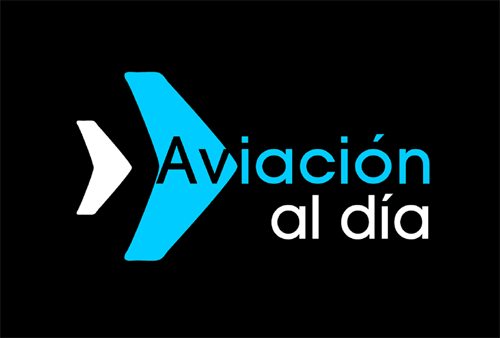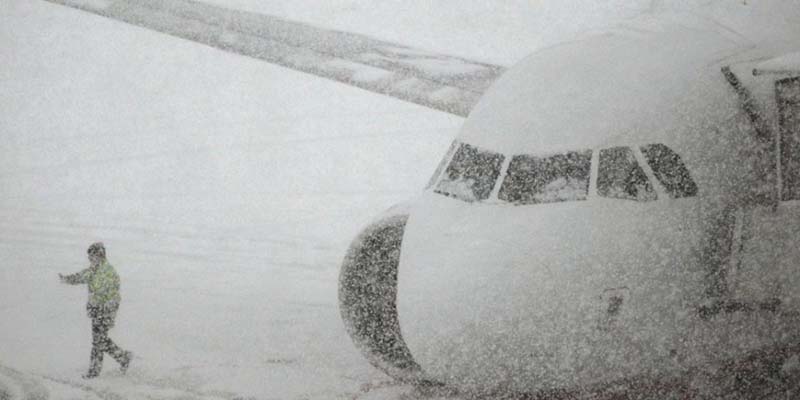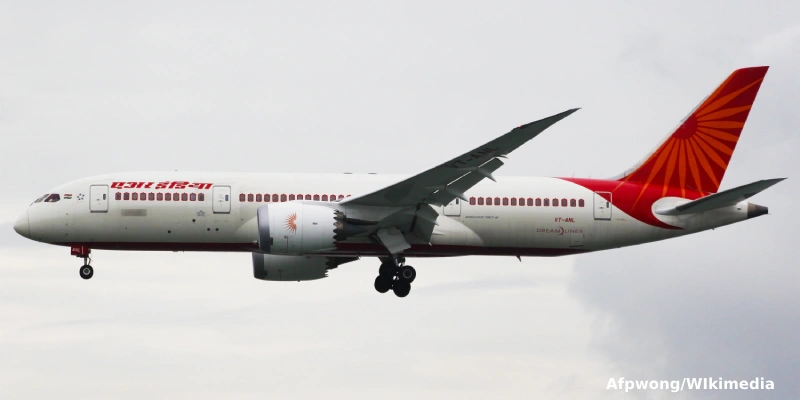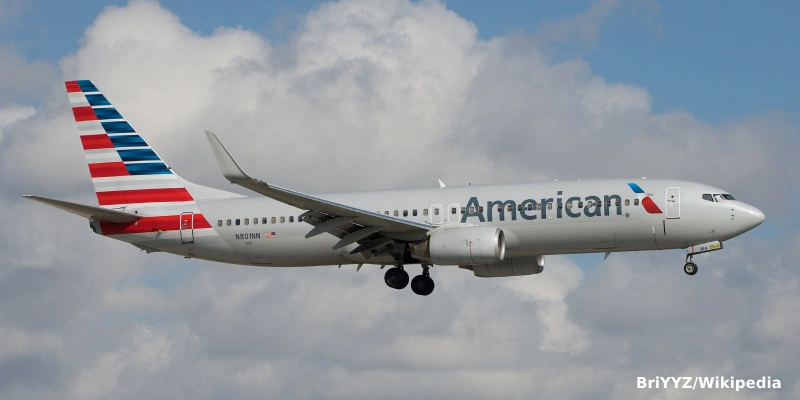IATA teamed-up with Airbus and Boeing to demonstrate potential methodologies to manage the risks of COVID-19 to keep populations safe while restarting global connectivity. Aviation, including manufacturers, effectively manages and mitigates risk every day to keep air travel safe. Using these skills, Airbus and Boeing have developed data-driven risk-management models to understand the impact of various options.
Focusing on risks across the whole journey, Airbus considered more than 50 variables (such as number of confirmed cases and fatalities per country, COVID-19 testing strategies, traffic statistics, flight length, time spent in airport terminals, provision of on-board catering and air conditioning) in its model. Assumptions for the model are based on over a dozen data sources (including US CDC and the World Health Organization). And results of the model were cross referenced against data collections from actual results and observations from travel. Using current COVID-19 incidence data and not making any consideration for vaccinated travelers (which would only lower the risk of infections), example findings include:
* High to medium incidence – Latin America & Caribbean (292 cases/100,000 population) to Canada (95 cases/100,000 population): Assuming the same traffic as in 2019 and without any testing, we expect that the local incidence in Canada would increase by just over 1 case / 100,000 population due to the imported cases over 14 days. With a single PCR test before travel, this number falls to less than 1 case/100,000 population.
* Medium to medium incidence – Europe (111 cases/100,000 population) to US (81 cases/100,000 population): Assuming the same traffic as in pre-COVID-19 and without any testing, the Airbus model predicts that air travel over 14 days would add less than 1 imported case/100,000 population to the local incidence in the US.
* Medium to low incidence – Europe (111 cases of COVID-19/100,000 population) to Singapore (8 cases/100,000 population): Conservatively assuming the same traffic as in 2019 and without any testing, we predict that over 14 days air travel would add over 1 imported case/100,000 population to the local incidence in Singapore. With a PCR test before travel, this number falls to less than 1.
The Airbus model—designed to support government stakeholders to reopen air travel—demonstrates that the risk of virus transmission and translocation can be significantly reduced by adopting data-driven screening and protection measures.
Boeing modeling and analysis shows screening protocols offer an alternative to mandatory quarantines for many travel scenarios. The model evaluates the effectiveness of passenger screenings and quarantines in countries around the world. It accounts for various factors including COVID-19 prevalence rates between origin and destination countries, the efficacy of PCR and rapid antigen tests, and the disease timeline (how the disease progresses) for passengers traveling with COVID-19.
The modeling revealed several key findings:
* Data show there are screening protocols (noted below) as effective as a 14-day quarantine.
* Screening protocols lower the risk to the destination country.
* Screening is most beneficial for travel from higher to lower prevalence areas.
The passenger screening model and findings were validated using actual travel testing data from Iceland and Canada. Boeing is now modeling scenarios with vaccinated travelers. As data on new COVID-19 variants becomes available, it will also be incorporated in the model.
“There is no one-size-fits-all solution to manage the various levels of risk. The economic and social cost of the blanket measures taken by most governments to date has been unnecessarily high. With this modeling, we are demonstrating that we can be smart with calibrated travel policies that address the risks, enable travel, and protect people. Everybody can respect a data-driven decision. That is the way back to normality,” said Willie Walsh, IATA’s Director General.
Related Topics
More Than 1,000 Flights Canceled in the United States Due to Winter Storm Devin
Air India to Resume Direct Flights Between Delhi and Rome Starting March 2026
Air Europa Announces New Non-Stop Route Between Madrid and Johannesburg Starting June 2026
American Airlines Launches Seasonal Route Between Chicago and Querétaro for Year-End High Season

Plataforma Informativa de Aviación Comercial con 13 años de trayectoria.




